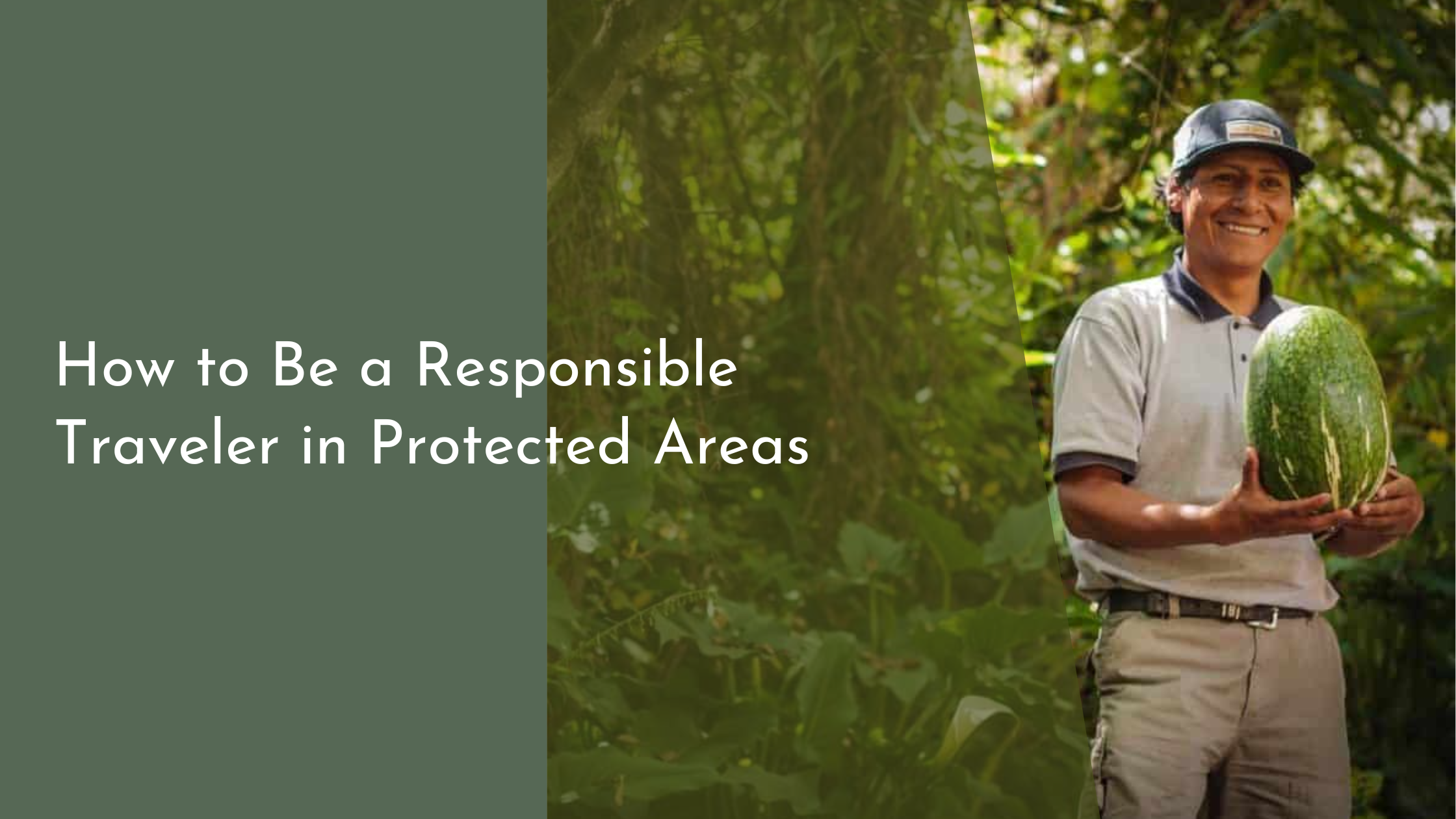How to Be a Responsible Traveler in Protected Areas
Traveling to protected areas offers a unique opportunity to experience some of the world’s most stunning landscapes and diverse ecosystems. As these regions are vital for preserving biodiversity and natural beauty, it is crucial for travelers to engage responsibly. This ensures both their own safety and the continued conservation of these precious environments. Here’s how you can be a responsible traveler in protected areas, while still relishing everything they have to offer.
Understand the Importance of Protected Areas
Protected areas serve as sanctuaries for countless species of flora and fauna, some of which are endangered and found nowhere else on Earth. They play a critical role in maintaining biodiversity and providing essential ecosystem services such as clean air, water, and climate regulation. Recognizing the immense value these areas provide is the first step in appreciating why they need our protection. By understanding their importance, travelers can better appreciate the delicate balance of these ecosystems and make informed decisions that support conservation efforts.
Moreover, protected areas often have cultural and historical significance for indigenous and local communities. These lands may hold spiritual value or be integral to traditional lifestyles and practices. As travelers, recognizing and respecting this heritage deepens your travel experience and promotes a greater understanding of the interconnectedness between nature and people. Embracing this knowledge reminds us to tread lightly and responsibly, ensuring these precious areas remain intact for future generations.
Follow Leave No Trace Principles
The Leave No Trace Principles are a set of outdoor ethics promoting conservation in the outdoors. They include guidelines such as planning ahead, traveling on durable surfaces, disposing of waste properly, leaving what you find, minimizing campfire impacts, respecting wildlife, and being considerate of other visitors. Adhering to these principles helps maintain the pristine condition of protected areas and minimizes human impact on fragile environments. For instance, sticking to marked trails prevents erosion and protects native plants from being trampled.
By carrying out all waste, including leftover food, travelers help keep these areas free from pollution and prevent wildlife from becoming dependent on human food sources. This not only protects animals but also keeps ecosystems in balance. Practicing these principles doesn’t just preserve the environment but enhances your own travel experience, allowing you to engage with nature authentically and responsibly.
Respect Wildlife and Local Communities
Respecting wildlife is paramount when visiting protected areas. This involves maintaining a safe distance from animals, as getting too close can be stressful for wildlife and dangerous for humans. Using binoculars or zoom lenses allows for safe observation while minimizing disruption. Additionally, feeding wildlife can significantly harm their health and alter natural behaviors, making it essential to admire animals without interference.
Equally important is respecting the local communities who live near or within protected areas. Learn about their customs, traditions, and challenges, and engage with them in ways that support their well-being. Supporting local businesses, purchasing locally-made goods, and participating in community-led tours are great ways to contribute positively to the economy. Displaying cultural sensitivity fosters mutual respect and ensures that tourism benefits both the visitors and the residents.
Engage in Sustainable Tourism Practices
Sustainable tourism practices involve making choices that reduce your environmental footprint while maximizing benefits to local communities. This includes selecting eco-friendly accommodations, utilizing public transport, and reducing energy consumption during your stay. Opt for tour operators who prioritize sustainability and have certifications that verify their commitment to environmental and social responsibility. A little research can go a long way in ensuring your travel choices support conservation efforts.
Participating in conservation activities, such as tree planting or clean-up drives, is another excellent way to contribute to the preservation of protected areas. By volunteering some of your time or resources, you can leave a positive impact that extends beyond your visit. Sustainable tourism not only protects the environment but enriches your travel experience, connecting you more deeply to the places you visit and the people you meet.
Traveling responsibly in protected areas requires mindfulness and a proactive approach to conservation. By understanding the significance of these places, adhering to Leave No Trace principles, respecting wildlife and local communities, and engaging in sustainable tourism practices, travelers can enjoy the beauty and diversity of protected areas without compromising their integrity. Let’s commit to making a positive impact, ensuring these natural treasures are cherished and preserved for generations to come. Happy, responsible travels!


